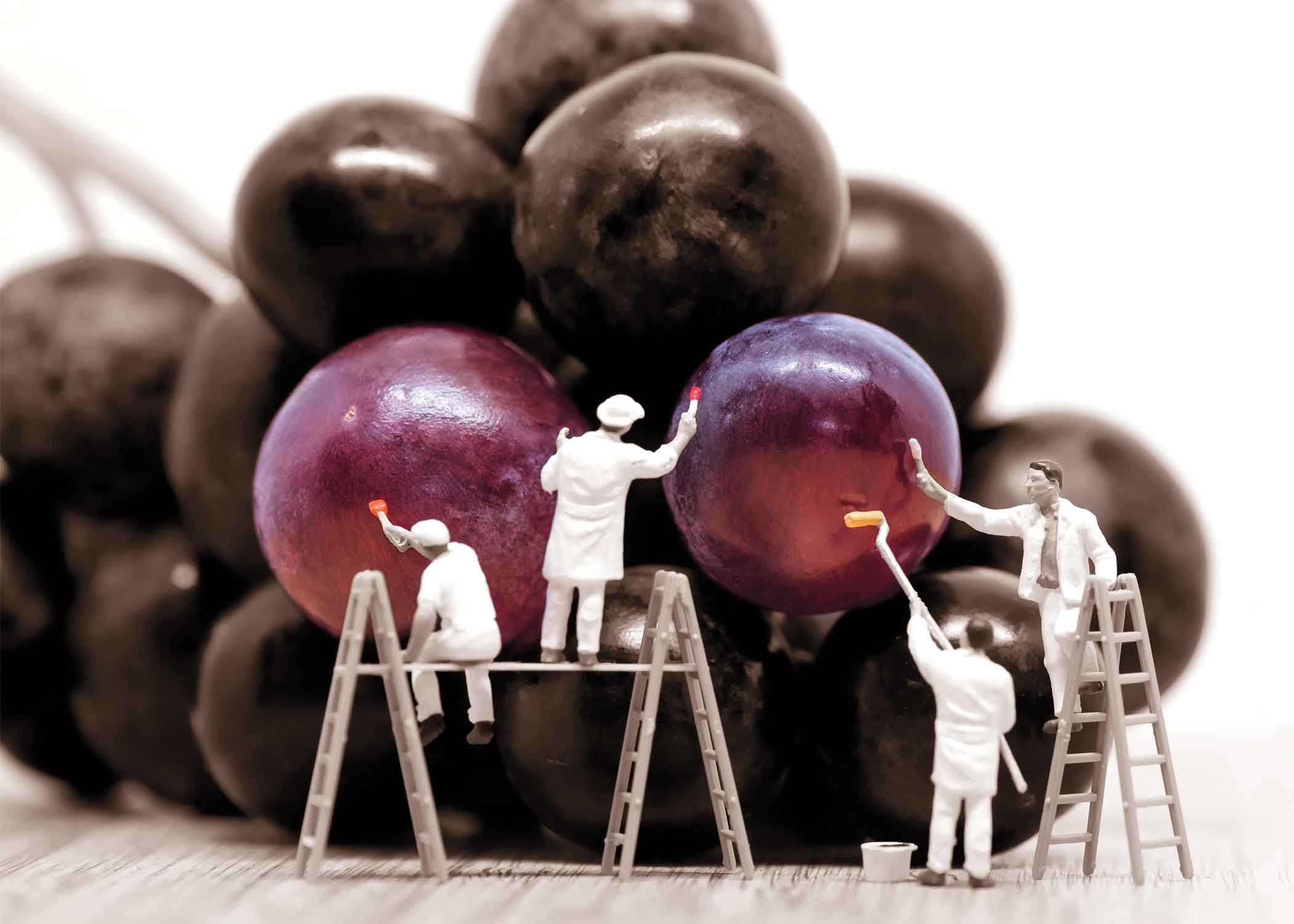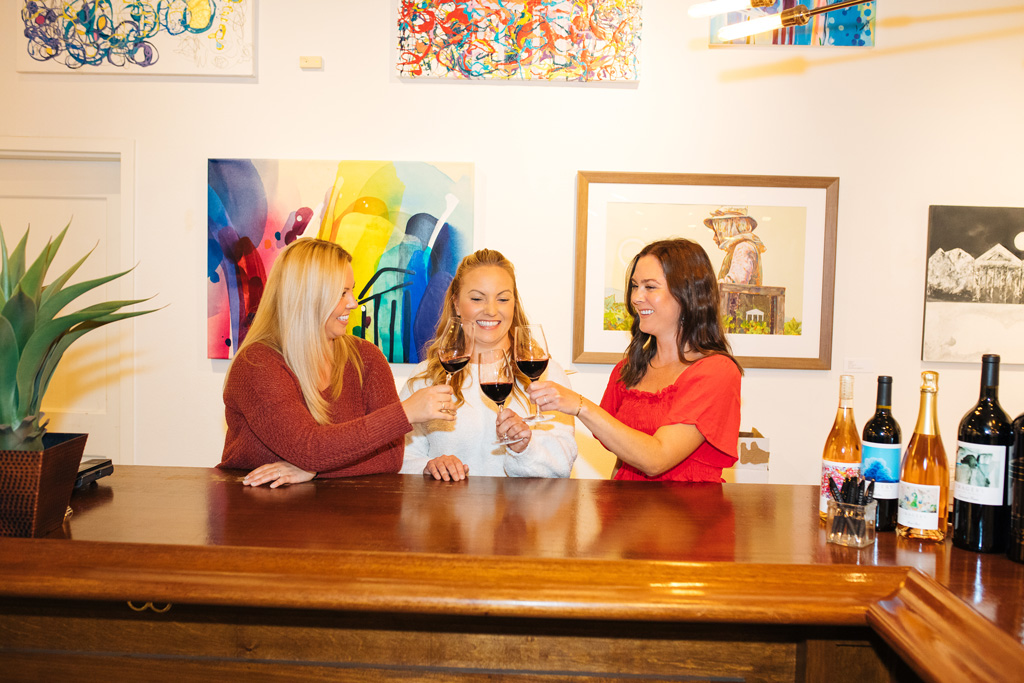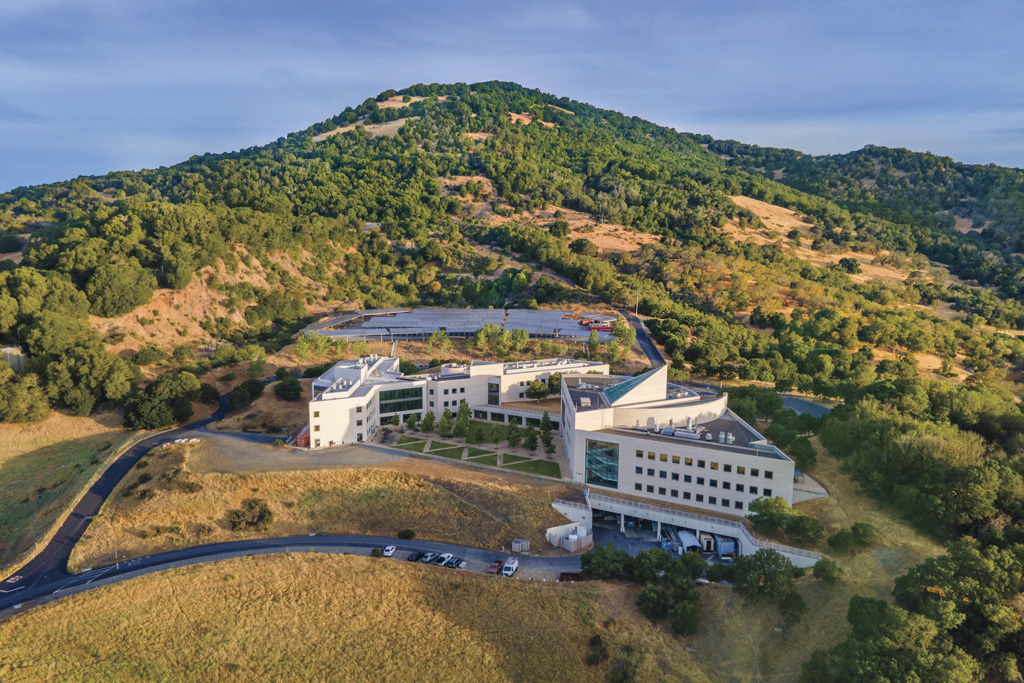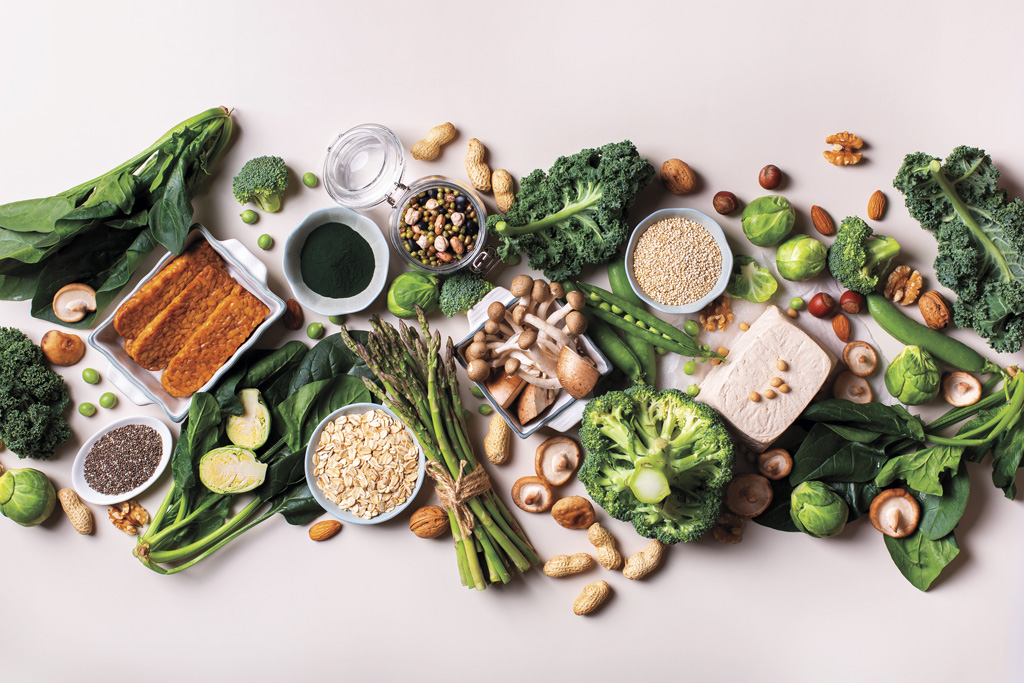When I left New York to return to California, I told anyone who asked that I was moving to the “country.”
I put it in air quotes very dramatically. If they needed more, I’d say, “Marin County.” Then I’d attempt to describe the iconic names I repeated like a mantra: Mount Tam, Muir Beach, Point Reyes National Seashore. Compared to my dirty, smelly life in the Lower East Side, Marin was most definitely the country.
I moved west to write a book about the radical changes that were potentially going to save our planet. It was lab-made “chicken” nuggets. It was “beef” burgers made from pea protein. It was baby kale grown without soil. In shorthand, I referred to this as food-tech. The future of food was not in Marin, but conveniently, there were dozens of companies working on the concept a bridge away.
One of the companies I visited for my book was Perfect Day — a startup working to replace the crucial dairy proteins we get from cow’s milk, but without the cow. My first meeting with Ryan and Perumal, the founders, was in a hotel lobby in New York’s Times Square. We were attending a future foods conference, and the pair had stashed a small jar of faux milk in a backpack. Furtively, they let me try it.
“Don’t tell anyone,” they said. “We don’t have enough to share.”
Five years later they were ensconced in a two-story art deco building in Berkeley. After our interview, I trailed the founders into a giant test kitchen to taste ice cream. In the center of the room was an island made from Carrara marble interspersed with cooktops, cutting boards and basin sinks. Halfway up the walls were white subway tiles. Soft jazz tinkled from a hidden speaker and a chef wearing whites stood with his hands behind his back.
An ice cream tasting wasn’t a normal day for me, but it wasn’t far off. In the two years I spent researching and writing the book, sampling the new, unusual or unheard of was becoming de rigueur. A series of glass bowls sat out on the counter. Tiny metal spoons laid out beside them like soldiers. I was ready for this job!
Perfect Day’s ice cream was delicious, and it was plant-based except for the whey protein. It was still an animal-based protein, even if no animal was used. In small amounts, I was told, Perfect Day’s whey protein gave ice cream a creamier and more delicious mouthfeel. Texture, I would soon discover, was the underpinning of any successful analogue. As for eating potentially weird flora crafted in the lab, my motto was: Anything for the book.
Appearance was important, too. The kitchen I tasted Perfect Day’s ice cream in was for show. It was a mirage. The whey protein was made in a lab, and the ice cream was made somewhere off-site. It was the Disneyland of Food. A fun house of mirrors. In my car after the tasting, I jotted down more notes –– how I felt, what the founders were wearing, details about the kitchen. How would the scene play out in my book?
When it was time to begin writing, I sought out local libraries. In the Mill Valley library, I silently gazed up at the giant redwoods. In Fairfax, I spotted the regulars, soon becoming one of them. When I needed background noise and chatter, I sat at a cafe in San Anselmo. When I wasn’t working on the book, I hiked, cycled and cooked. I shopped for fresh ingredients at the Sunday farmers market. The blue-roofed Civic Center welcomed me to the treasures of Marin: seasonal produce, local cheeses and herbaceous bouquets.
My life in Marin was admittedly precious. I was awash in the privilege of having time and money to live the good life. But as I tapped away on my laptop, I realized the techno future I was writing about wasn’t necessarily the one I wanted to see come to fruition. When I left my laptop to hit the trails, it was all too clear which world I preferred.
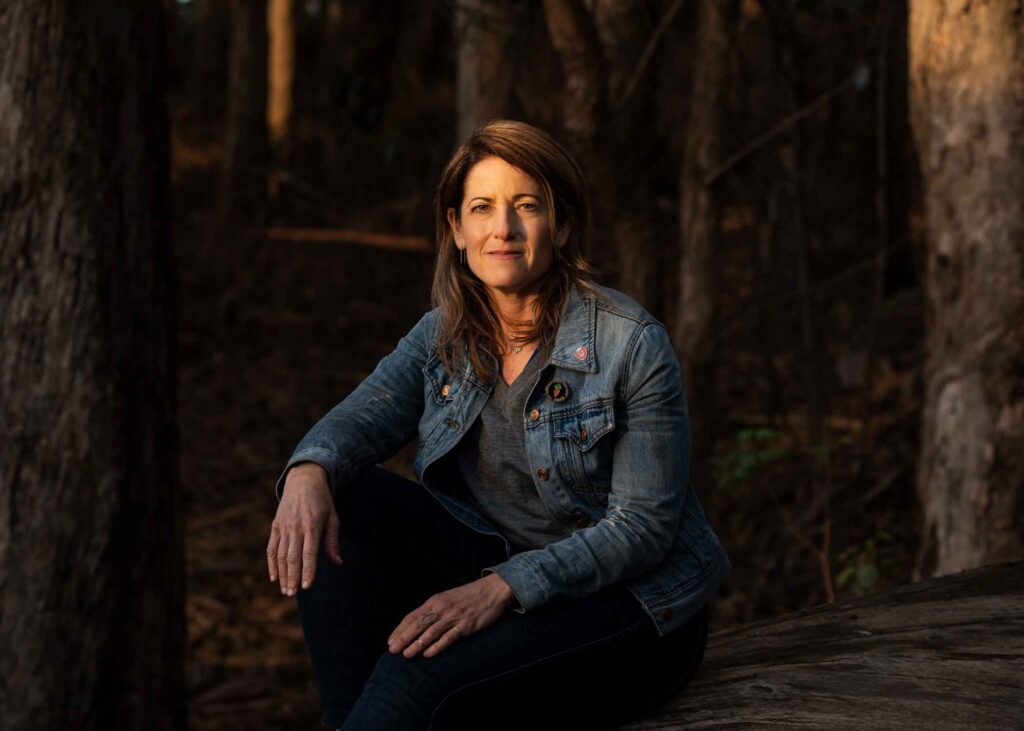
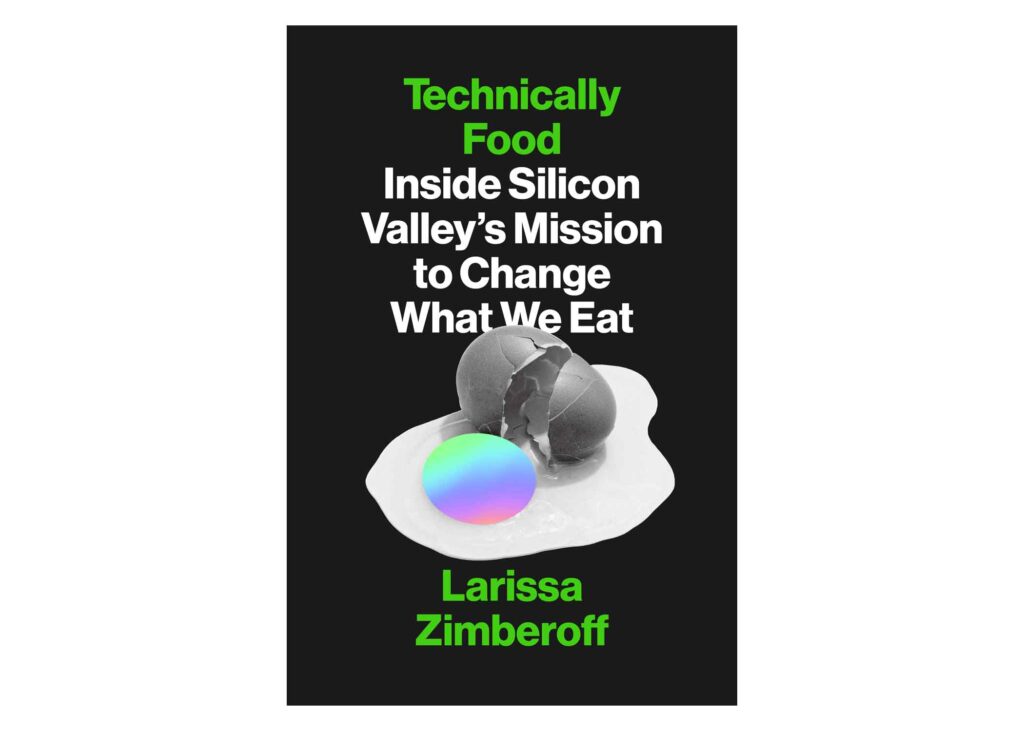
Our planet is under siege. Temperatures are rising, the oceans are overfished, we’re burning rainforests to make room for animals to graze so that we can eat more red meat. I can’t recall the last time I ate red meat, but it’s not off the table completely. However, I don’t want to support industrial agriculture, feedlots full of miserable animals and cramped buildings filled with an endless stream of chickens laying eggs.
These aren’t happy topics. My book worked to untangle what it might mean to shift from traditional animal meat to analogue versions that tasted good and could save us from our climate woes. But were they healthy? I struggled to answer the question. I presented my dilemma to doctors, scientists and nutritionists. The doctors and nutritionists were satisfied. Anything plant based, they said, was a step in the right direction. The scientists answered with more questions of their own.
Originally pitched as Disrupting Dinner, the title my publisher, agent and I settled on was Technically Food: Inside Silicon Valley’s Mission to Change What We Eat. I was pleased with what it evoked. It conveyed our shared goal — ending industrial agriculture — plus the uncertainty of where we were headed if we accepted these tech solutions without pressing the makers for answers.
One day, after turning in my manuscript, I stood in my own kitchen, complete with white subway tiles, black faux marble counters and kitchen island from IKEA. I placed a cookie sheet covered in vegetables into the oven to roast at 375. While I waited, I ate a cracker spread with cream cheese. The “cheese” was made using a fungus discovered in a hot spring in Yellowstone National Park.
Was this how I could have my cake and eat it too? A hybrid approach that blended futuristic know-how and, somehow, an ancient unknown ingredient? It was, I told my friends, the best plant-based cream cheese I’d ever tasted.
Larissa Zimberoff is a Marin-based journalist and author. She covers the intersection of food and technology and her work appears on Bloomberg, and in The New York Times, Wall Street Journal, Wired, Time, Insider and more. Technically Food: Inside Silicon Valley’s Mission to Change What We Eat (Abrams) is available on www.amazon.com and at your local independent bookstore. On June 14, you can catch her online at Book Passage talking with Bloomberg food editor Kate Krader on the future of food.




